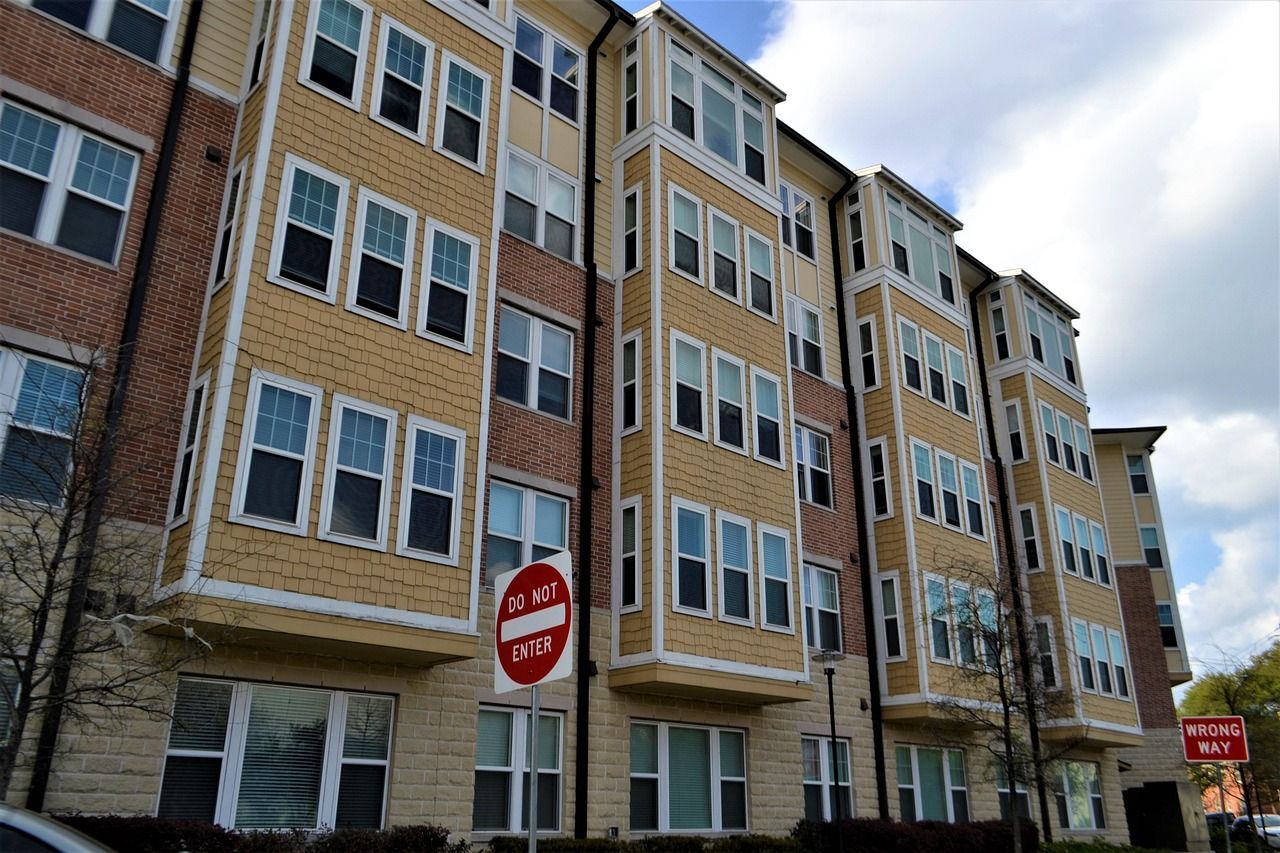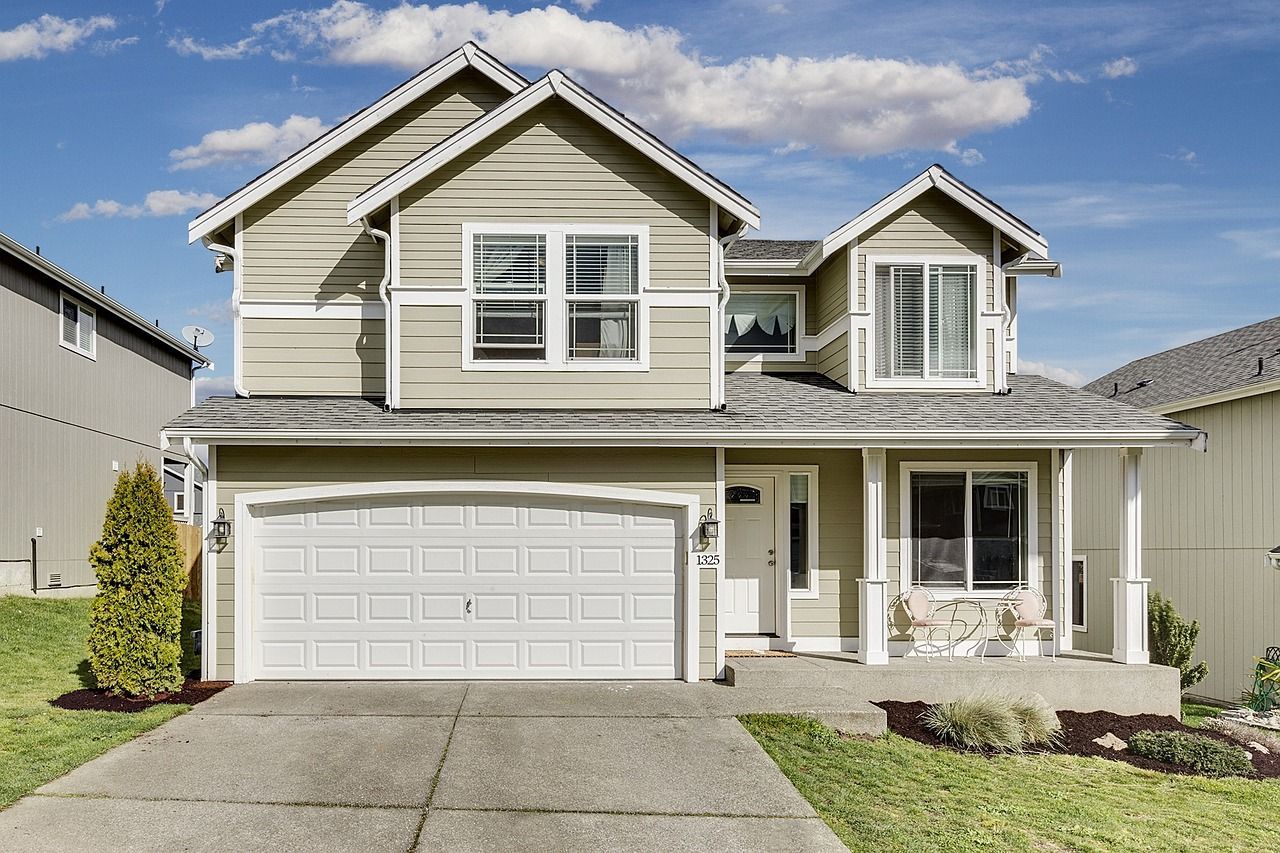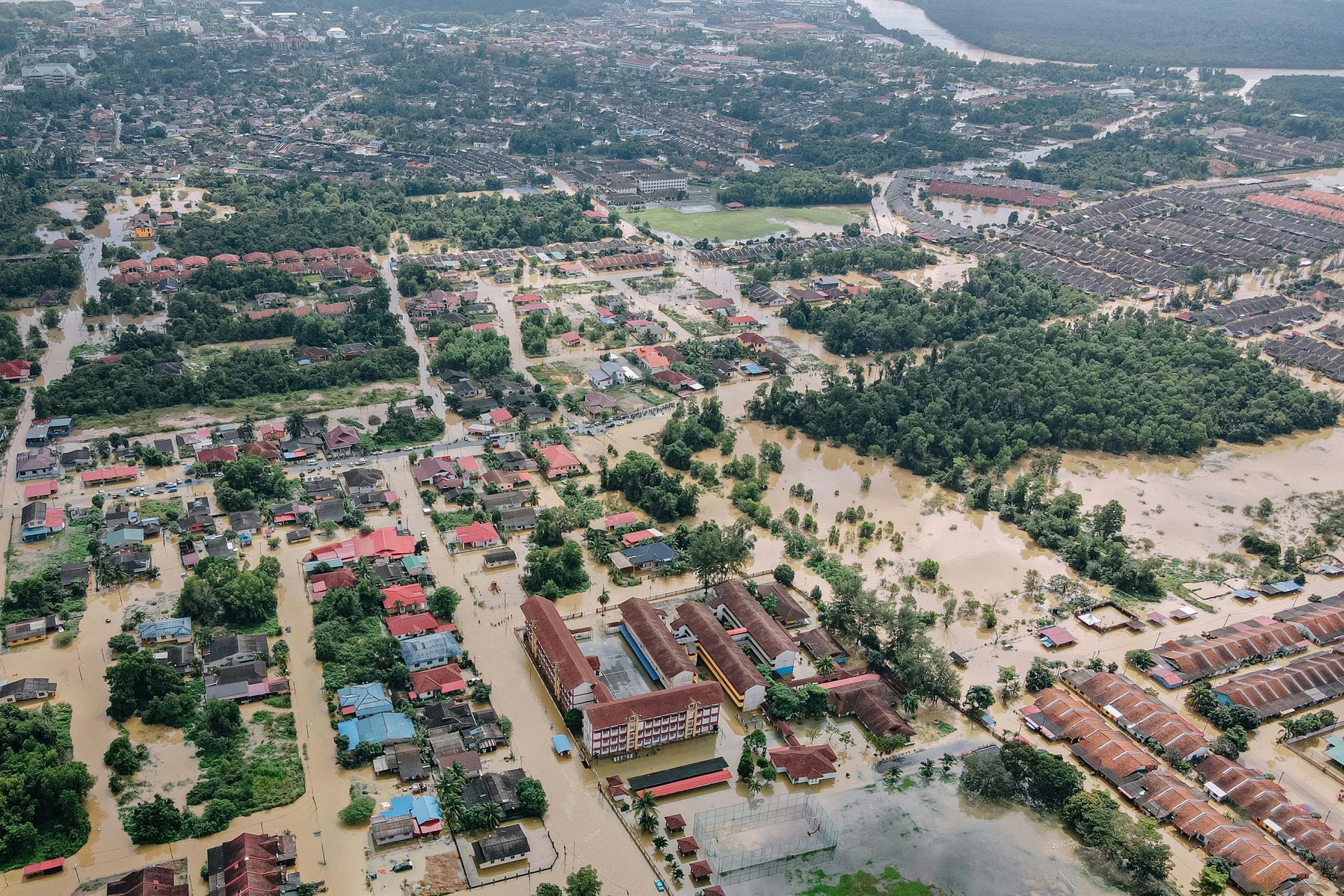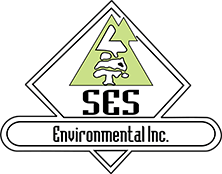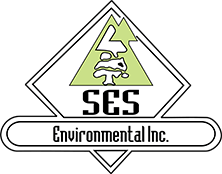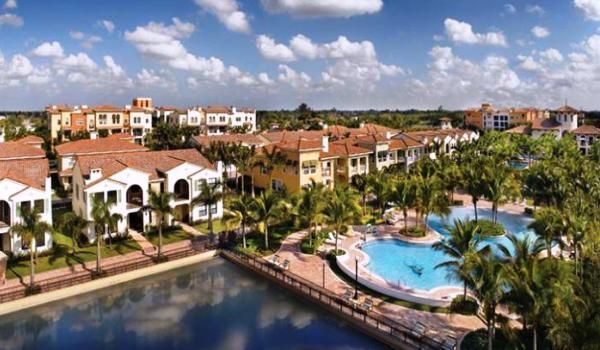Understanding Mold Prevention: A Comprehensive Guide for Property Managers
Subheadline
Understanding Mold Prevention: A Comprehensive Guide for Property Managers
Mold isn’t just unsightly — it’s a serious health and property risk. For property managers, preventing mold growth is essential to protect tenants, maintain property value, and avoid costly remediation. With proper strategies, monitoring, and proactive maintenance, mold problems can often be prevented before they start.
🔍 Why Mold Prevention Matters
Mold grows in damp, humid, or poorly ventilated areas. It can lead to:
- Health issues such as allergies, respiratory problems, and asthma flare-ups
- Damage to walls, flooring, and building materials
- Reduced property value and potential legal liability
For property managers, ignoring mold prevention can result in dissatisfied tenants, higher maintenance costs, and even lawsuits.
🌿 Key Factors That Promote Mold Growth
Understanding what triggers mold is the first step to preventing it. Common contributors include:
- Moisture Intrusion: Leaks in roofs, windows, pipes, or HVAC systems
- High Humidity: Indoor humidity above 50% encourages mold growth
- Poor Ventilation: Stagnant air allows moisture to accumulate
- Water Damage: Flooding or condensation that isn’t addressed quickly
🧰 Mold Prevention Best Practices for Property Managers
Effective mold prevention requires a combination of monitoring, maintenance, and tenant education.
1. Routine Inspections
- Regularly check roofs, plumbing, HVAC systems, basements, and crawlspaces for leaks or moisture
- Inspect tenant units, common areas, and storage spaces for signs of mold
2. Control Humidity
- Keep indoor humidity between 30–50% using dehumidifiers or HVAC systems
- Ensure proper ventilation in bathrooms, kitchens, and laundry areas
3. Promptly Address Water Issues
- Fix leaks, roof damage, or plumbing problems immediately
- Dry wet areas within 24–48 hours to prevent mold spores from establishing
4. Use Mold-Resistant Materials
- Consider mold-resistant drywall, insulation, and paint during renovations
- Install flooring and carpeting that tolerate moisture better
5. Educate Tenants
- Encourage tenants to report leaks or water damage immediately
- Provide guidelines for proper ventilation, such as using exhaust fans and keeping areas dry
6. Professional Testing and Remediation
- Schedule periodic professional mold inspections, especially in humid climates or older buildings
- Engage certified remediation specialists if mold is detected to ensure proper containment and removal
🌎 Regional Considerations
Different climates require different strategies:
- Humid regions like Houston or Tampa require strict moisture control and dehumidification
- Urban areas like Los Angeles may face mold from water intrusion and aging buildings
- Seasonal climates like Atlanta need attention to roofing, gutters, and HVAC during wet periods
✅ The Bottom Line
Mold prevention is an ongoing effort. For property managers, a proactive approach safeguards tenants’ health, protects your property, and avoids expensive remediation costs.
By combining routine inspections, moisture control, tenant education, and professional support, you can stay one step ahead of mold and maintain a safe, healthy property environment.
📞
Contact our environmental specialists to schedule a mold inspection, prevention consultation, or training session for your team today.
